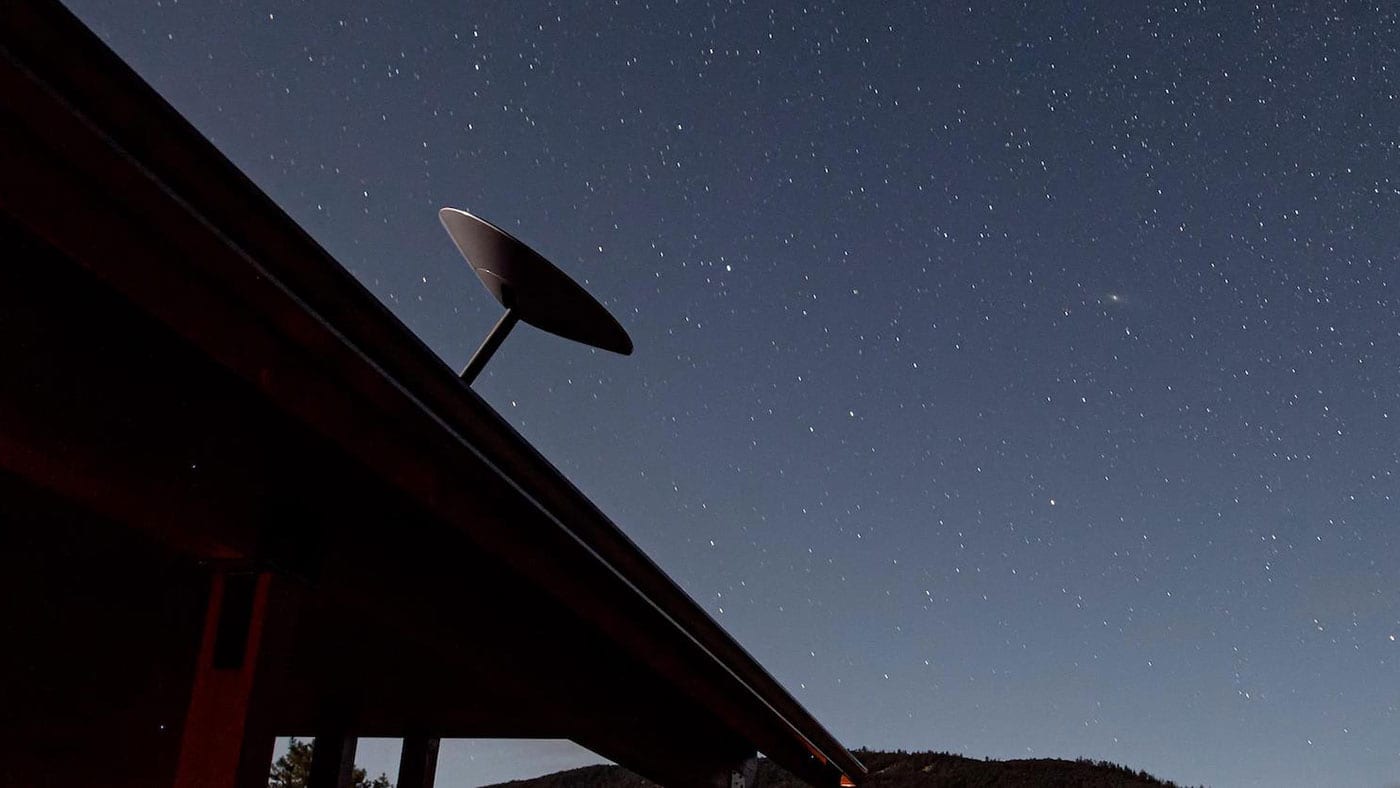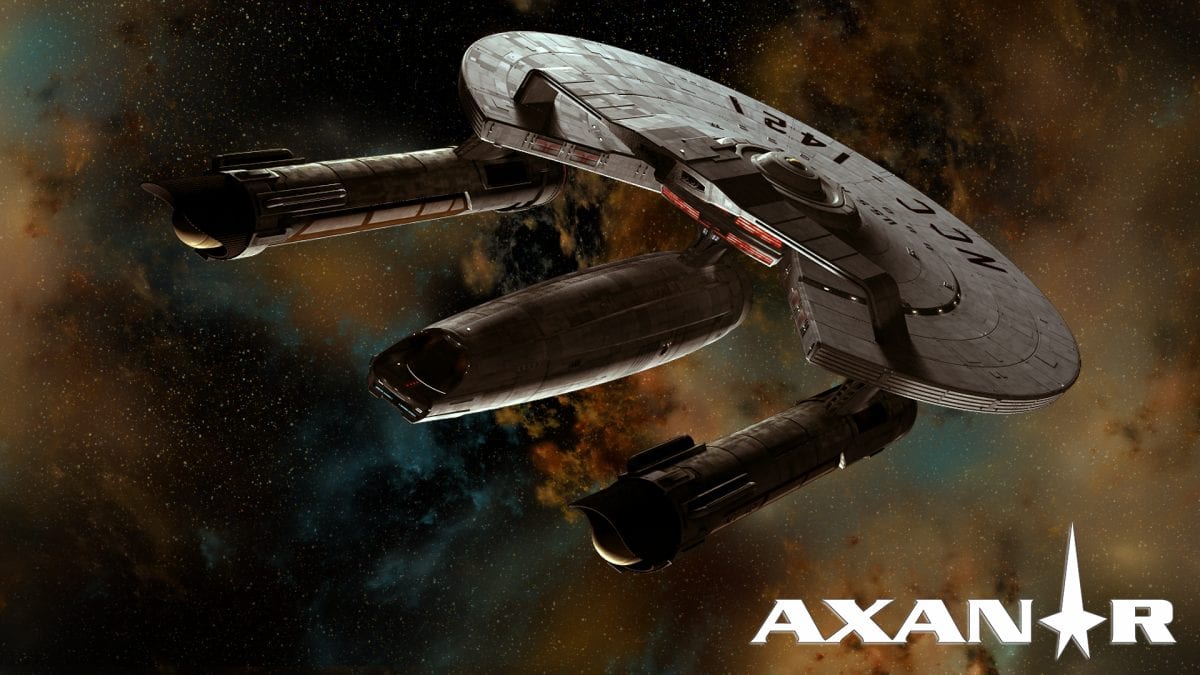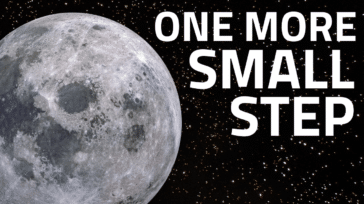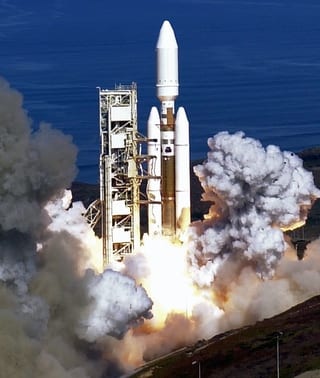
(Image via Lockheed-Martin)
When I’m not writing articles for The Rocket Yard, I’m often traveling around the world with my wife, a recently retired engineer who spent 37 years in the rocket (Titan launch vehicle) and satellite business. We’re currently on a short trip to Florida prior to leaving on a cruise, which gave my spouse the chance to relive some of her career years at Kennedy Space Center. What we found was that the Cape Canaveral / Cocoa Beach / KSC area — also known as the Space Coast — is being rejuvenated by new entrants into the space industry.
Since today — January 28th — is National Plan for Vacation Day,
Business As Usual…
In some respects, things haven’t changed too much. Some of the old, established organizations in the space business are still very much involved. United Launch Alliance (a spin-off of Boeing and Lockheed-Martin’s former launcher businesses) transports NASA and military payloads into orbit on the venerable Atlas and Delta vehicles, and will soon (hopefully) launch Boeing’s Starliner crewed capsule to the International Space Station.
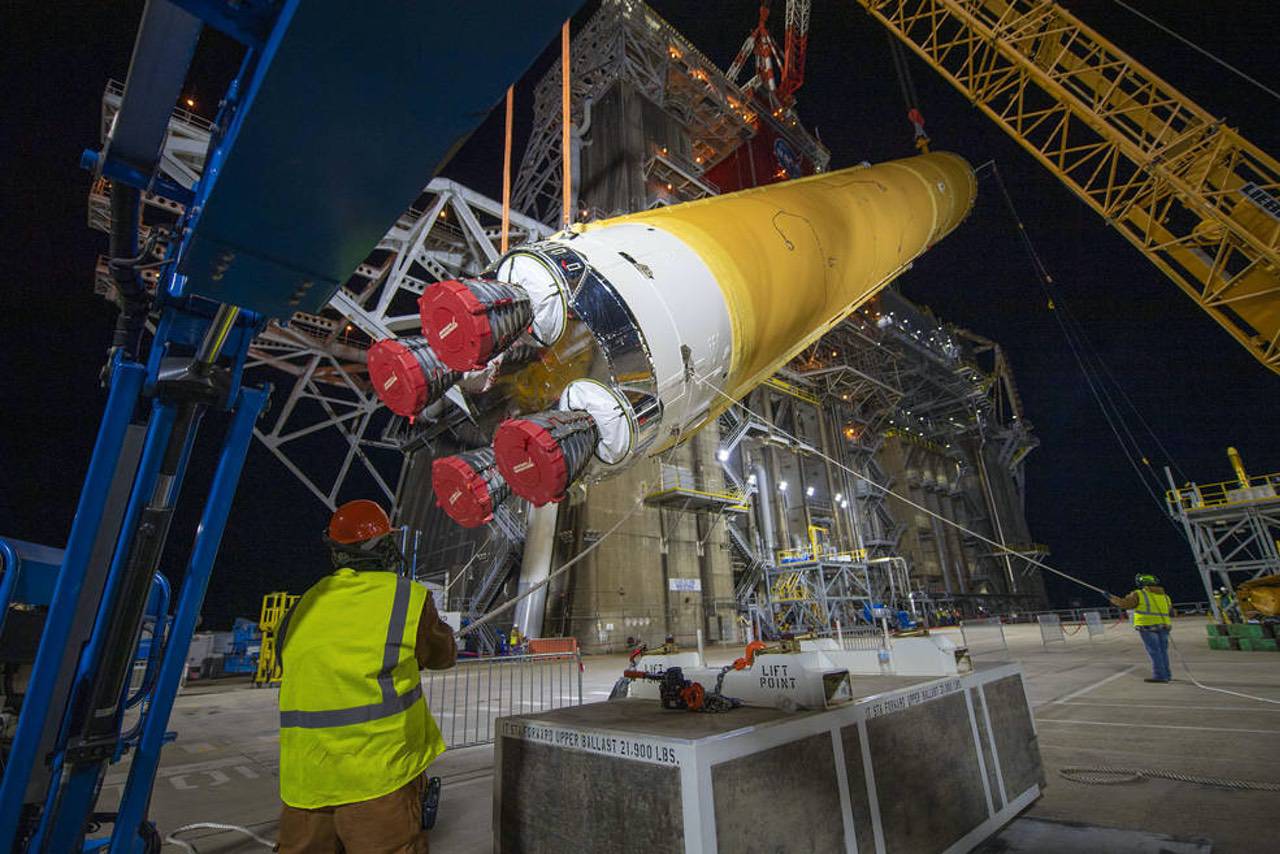
Photo credit: NASA/SSC
NASA is still trying to get its Space Launch System (SLS) put together, and has achieved some milestones in the last year with the assembly of the first core vehicle. That core vehicle uses four “recycled” Space Shuttle Main Engines and two solid rocket boosters, and is now planned to launch the Lockheed-Martin Orion spacecraft and the proposed Lunar Gateway, as well as the Artemis manned return-to-moon missions.
Sadly, the NASA plans have been delayed for years, primarily because each change in administration seems to have different goals for what they wish to have the space agency do. Fortunately, the new entrants into the space business aren’t constrained by politics.
…And a Whole New Set of Players
Unlike previous visits to the Space Coast, this time we felt that the entire space business has been “re-launched”, no pun intended. The day after we arrived for a short stay, SpaceX launched one of its Crew Dragon capsules on a test flight in which the primary objective was in-flight testing of the launch escape system. A successful test would pave the way for manned use of the Crew Dragon carrying NASA astronauts to the Space Station starting as early as March of this year.
We’ve seen a lot of launches over the years. My spouse witnessed the mighty Saturn V launch of Apollo 15, and we’ve both seen numerous launches of the Space Shuttles, Delta, and Titan launch vehicles. This was the first launch we’d see that would include a deliberate failure, as the Falcon 9 booster would shut down at about 90 seconds into flight. That was to trigger the Super Draco boosters on the Crew Dragon spacecraft to fire, moving the spacecraft out of harm’s way — a simulated booster failure. If all worked correctly, the Falcon 9 booster would break up and explode in flight after the Crew Dragon was pulled to safety. Cool, huh?
While my wife watched from the balcony of our Cocoa Beach hotel, I decided to stand on the beach itself. It doesn’t matter how many rocket launches you see — when it gets down to the last 10 minutes or so of the countdown and you’re cognizant of exactly how many things must occur in the proper order in order for a controlled explosion to loft things into orbit, you get nervous.
As planned, at 10:30 AM EST on January 19, 2020, the Falcon 9 lifted off of Pad 39 at Kennedy Space Center and began a climb into the sky. While clouds blocked the view of the bright orange flame of the booster during part of its flight, observers up and down the coast were treated to the sight of the rocket making its way up into the sky.
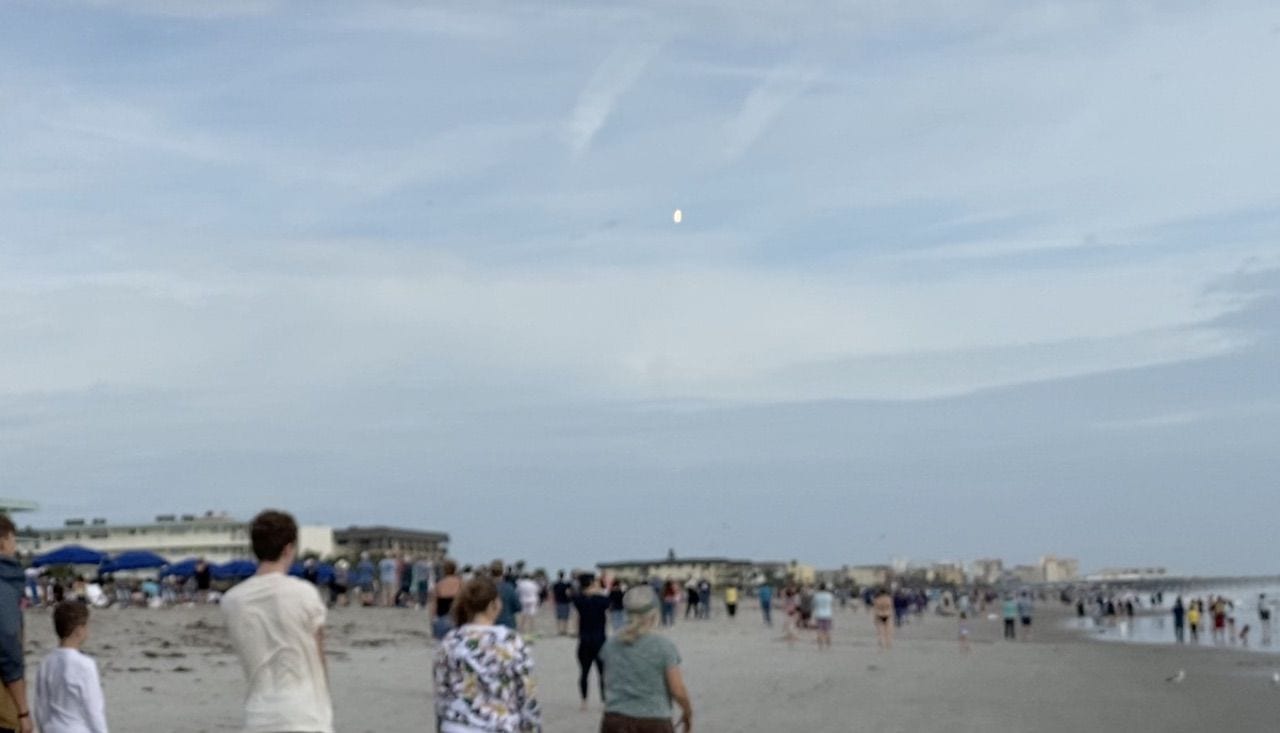
Since Cocoa Beach is about 17 miles south of the pad, it took about 90 seconds for the sound of the rocket to hit the beach. About the same time the rumble began to build, we were treated to an impressive fireball as the booster broke apart. The sound of that explosion made a satisfying boom about 90 seconds later.
All went as planned with the rest of the Crew Dragon flight, with the capsule splashing down into the Atlantic waters under four big parachutes a few minutes later. Although I kept looking out to see, the splashdown site was too far away for the capsule and its parachutes to be visible.
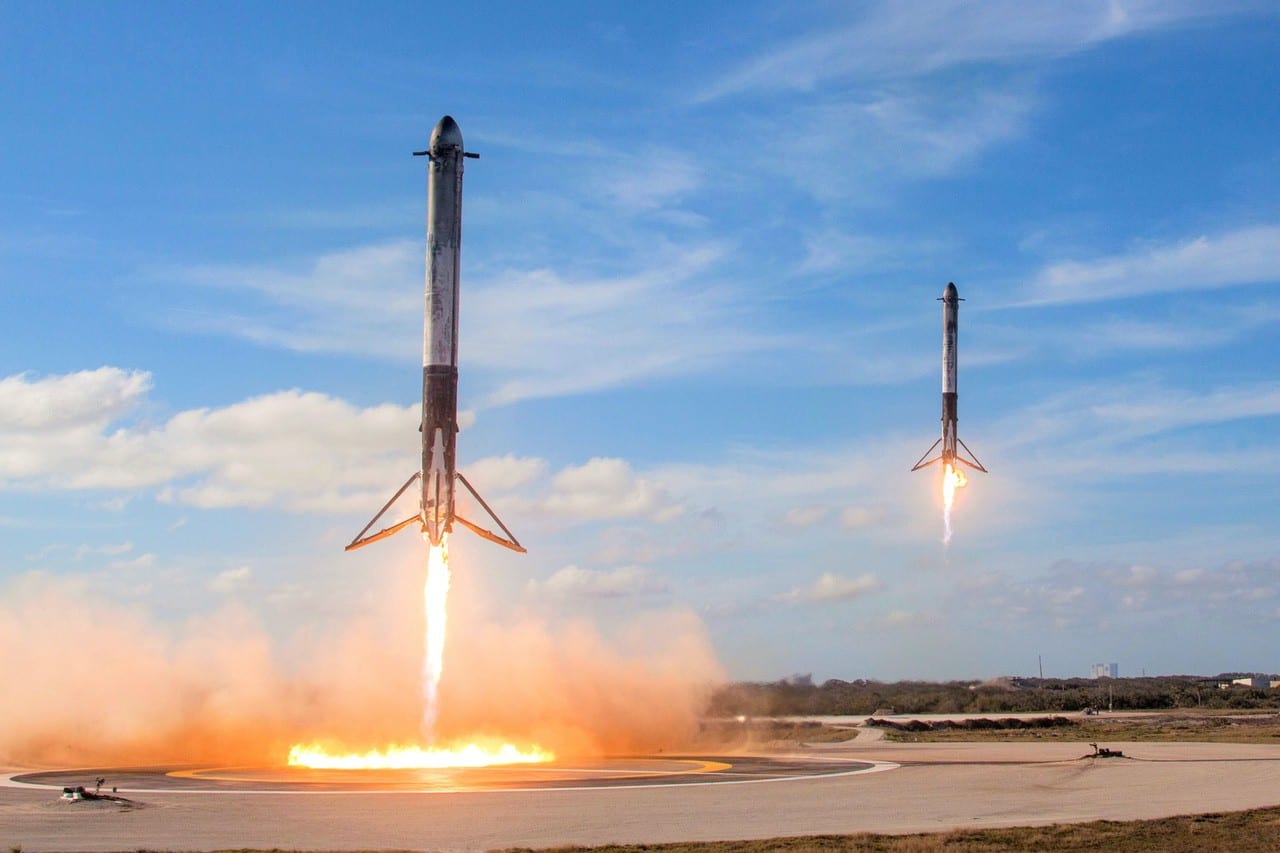
SpaceX is probably the most visible “new kid on the block” in that the company has had a string of very successful missions. Who can forget the side-by-side landings of two Falcon 9 boosters after a Falcon Heavy flight, and the video from many of those boosters as they lofted satellites into orbit? But SpaceX isn’t the only company making itself known in the new space program.
Jeff Bezos’ secretive Blue Origin is building a large facility right next to the Kennedy Space Center Visitor Center. That company wants to fly its New Glenn orbital launcher from the Cape, and it is currently testing the large BE-4 rocket engine that will be used not only on New Glenn, but also United Launch Alliance’s Vulcan launcher.
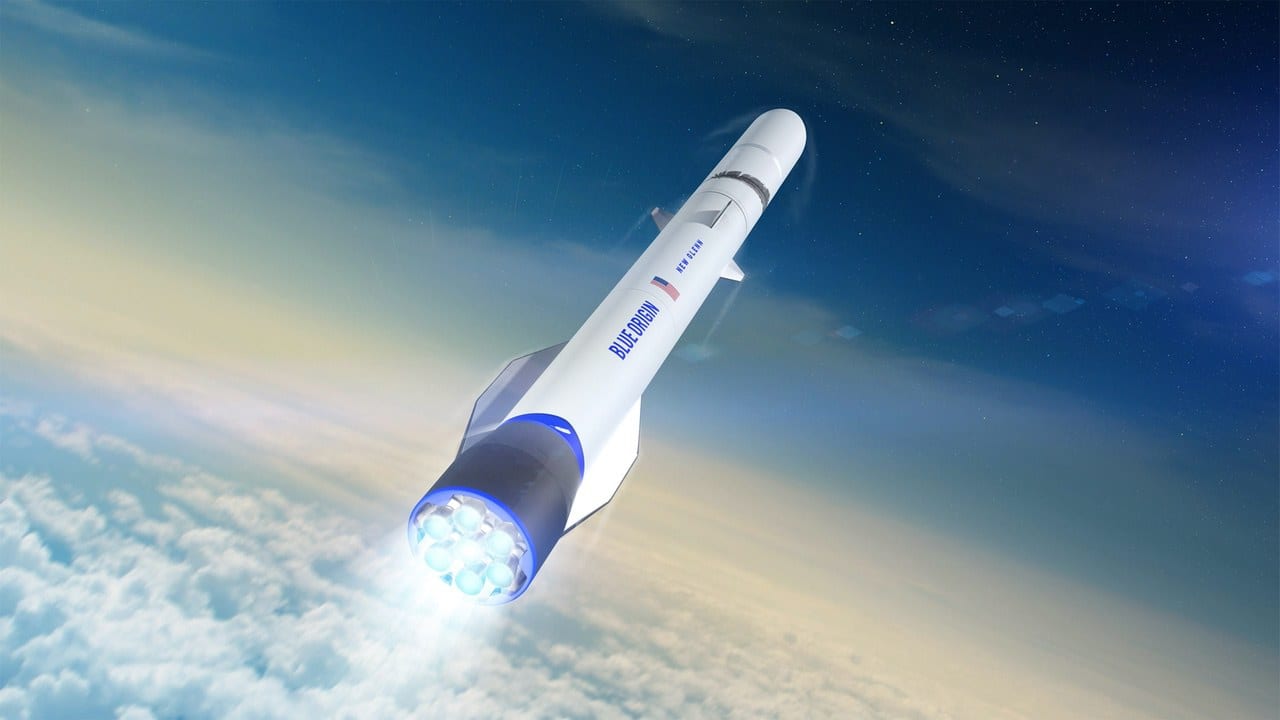
SpaceX is planning to launch another 60 of its Starlink broadband communications satellites on January 27. That’s the fourth launch in a series that will create a constellation of at least 1,584 and as many as 12,000 satellites to bring fast Internet service to traditionally underserved areas.
They’re not the only company planning on placing a number of satellites into orbit for broadband coverage. Amazon (Blue Origin) has its Kuiper project to launch 3,236 satellites, while OneWeb (which has a presence at the Kennedy Space Center) wants to dot the heavens with 1,050 broadband sats. TheNextWeb estimated that these broadband constellations could force enough competition in the broadband market to save Americans a combined $30 billion annually.
It’s an exciting time in the space industry, and it will get even more interesting when the SpaceX Super Heavy launcher and Starship spacecraft begin testing — hopefully this year.
If pleasure or business take you to Florida, be sure to check for launch schedules and spend a day or two on the Space Coast. Spaceflight Now is one of the best websites around for finding out what’s happening in the launch business.
